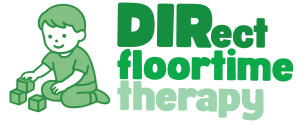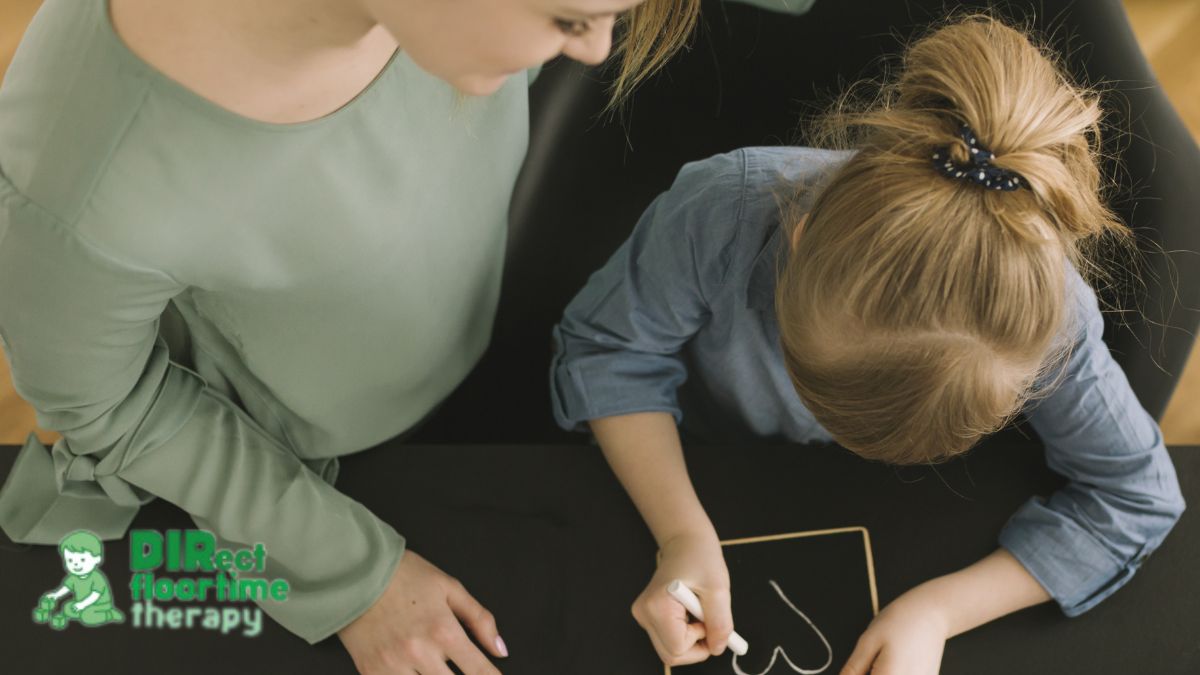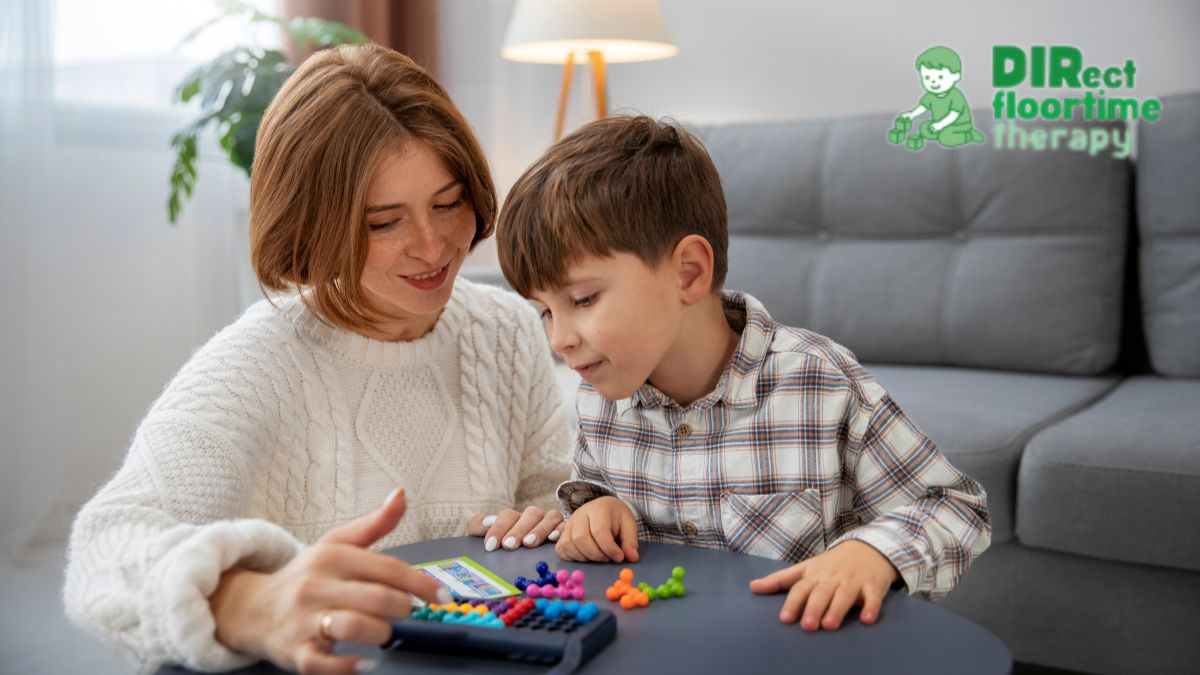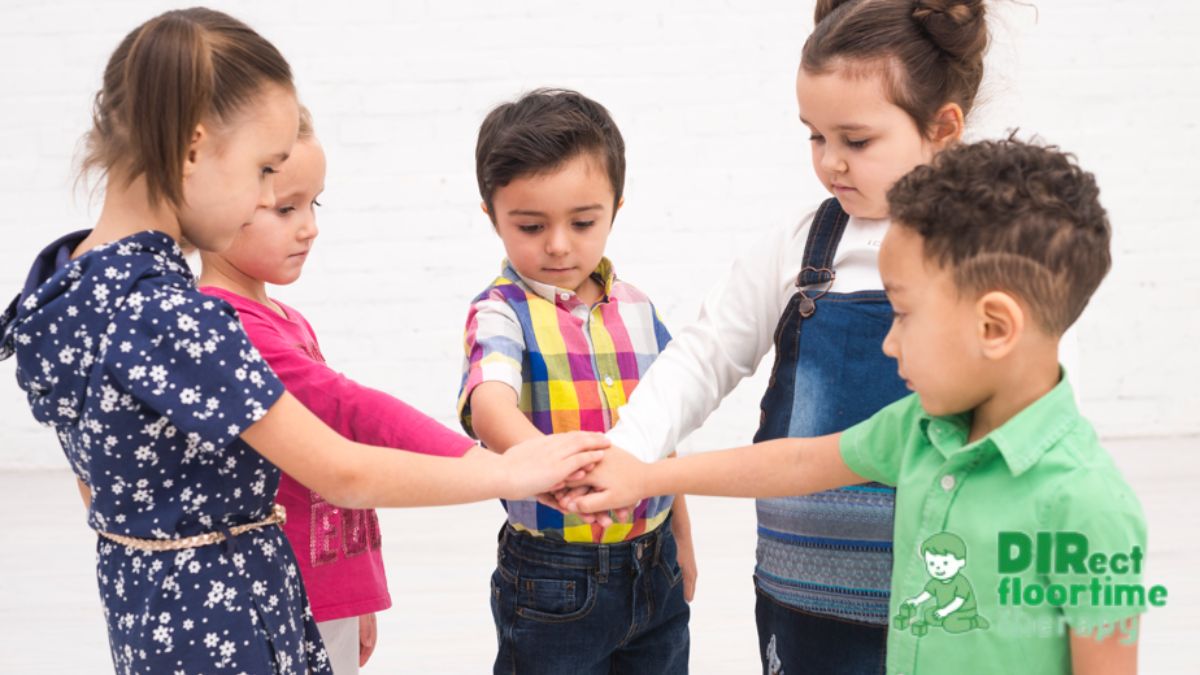Key Points:
- Boosts emotional growth: DIR/Floortime strengthens self-regulation, social skills, and communication.
- Play-based learning: Activities like pretend play and games make therapy engaging and natural.
- Supports ADHD and autism: Enhances attention, problem-solving, and parent-child bonding.
When a child is diagnosed with ADHD or autism, families often look for an approach that builds both skills and emotional growth. One method that stands out is DIR Floortime. Instead of focusing on compliance, this model dives into connection. It taps into the natural curiosity of children, meeting them where they are. Over time, these playful yet structured interactions encourage kids to develop stronger social, emotional, and communication skills. Research shows that DIR Floortime can enhance self-regulation, problem-solving, and relationship-building—skills that last far beyond the therapy session.
But how does it work in daily life? What makes it unique for ADHD and autism compared to other therapies? Let’s explore how DIR Floortime helps children grow emotionally and behaviorally, backed by studies, real-world examples, and strategies you can imagine in action.
DIR Floortime Strategies
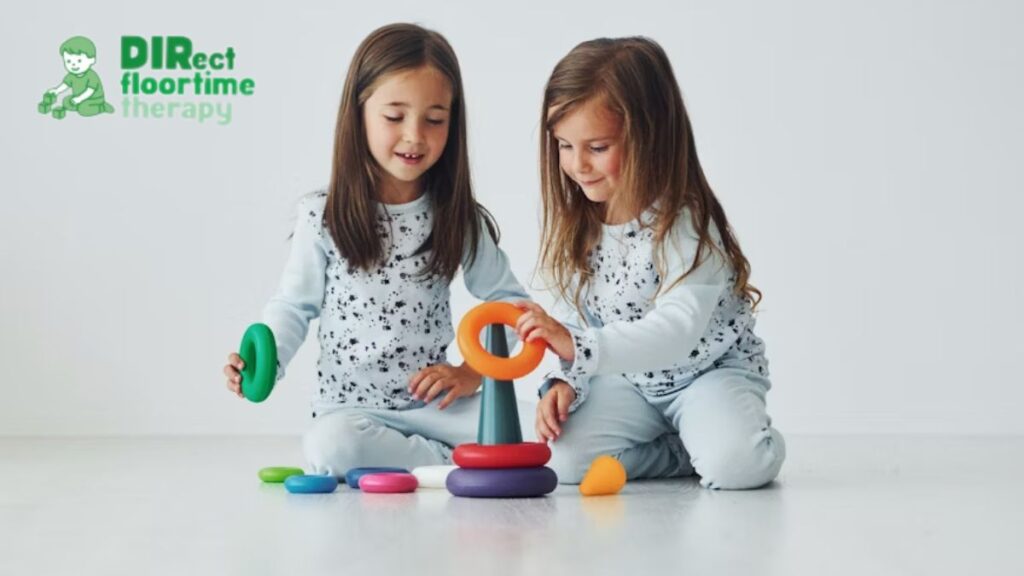
At the heart of DIR Floortime lies its Developmental, Individual-Difference, Relationship-based model. Think of it as a roadmap for emotional growth. Instead of asking children to fit into a mold, it opens a space where they feel seen and safe.
Some key Floortime strategies include:
- Following the child’s lead: If a child is fascinated by stacking blocks, the therapist joins in and builds alongside them.
- Adding gentle challenges: While playing, the adult might introduce a new idea like, “What happens if we build a bridge for the cars? ” This sparks problem-solving.
- Creating circles of communication: Each interaction, whether through words, gestures, or eye contact, is an opportunity to open and close circles of shared meaning.
A 2011 study published in the Journal of Autism and Developmental Disorders found that children who participated in DIR Floortime therapy for at least 20 hours a week showed significant improvements in emotional regulation and communication. Parents also reported stronger bonds with their children.
Isn’t it powerful to imagine therapy as play that builds lasting emotional skills?
ADHD Floor Time: How Is It Different?
When it comes to ADHD, children often struggle with attention, self-regulation, and impulse control. Traditional interventions may focus on reducing hyperactivity. DIR Floortime, however, goes deeper. It connects play with emotional awareness.
Here’s how ADHD floor time works differently:
- Focus on co-regulation: Instead of forcing focus, therapists use engaging play to keep attention flowing naturally.
- Emotional labeling: For example, if a child becomes frustrated when a tower falls, the therapist might say, “You look upset. Let’s try again.” This helps the child connect feelings to words.
- Shared problem-solving: ADHD floor time often builds executive function through play. A child might be asked to plan how to hide and find objects, strengthening working memory.
Research from Mahidol University in Thailand (2012) highlighted that children with ADHD who engaged in structured floortime strategies improved their attention span and social participation. After just three months, parents noticed more cooperation during daily routines.
Wouldn’t it be encouraging to see therapy build attention skills through joy instead of correction?
Floortime Therapy Activities: Real-Life Examples
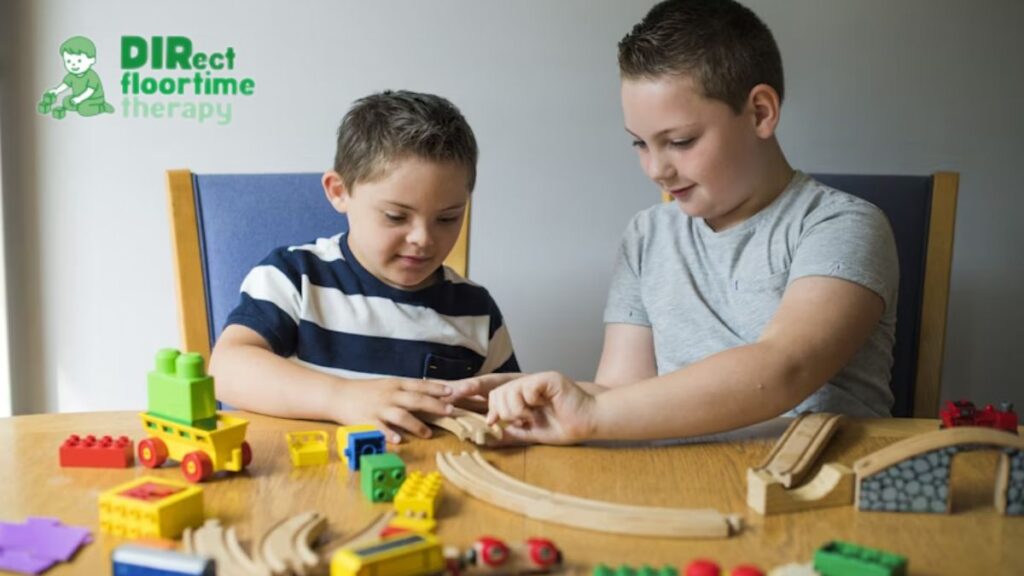
The beauty of Floortime play therapy is its flexibility. Sessions can happen in therapy centers, schools, or right at home.
Here are some floortime therapy activities in action:
Pretend cooking: A child enjoys pretend play in a toy kitchen. The therapist joins in by “tasting” the soup and suggesting, “Maybe we need more carrots.” This encourages imaginative thinking and conversation.
Car racing game: If a child races cars across the floor, the therapist might introduce turns: “Your red car goes; now my blue car.” This promotes patience and back-and-forth interaction.
Hide-and-seek with toys: Hiding stuffed animals together allows practice in planning and sequencing, which boosts executive function.
Children who received DIR therapy for autism through floortime sessions showed marked improvements in emotion regulation and social participation, with lasting results in follow-up assessments.
Can you picture a child learning life skills while laughing during a game of hide and seek? That’s the power of floortime play therapy.
DIR Floortime Occupational Therapy
Children with autism or ADHD often face challenges with sensory processing and motor skills. This is where DIR Floortime occupational therapy shines.
Instead of separating motor work from emotional learning, occupational therapists weave both together. For instance:
- A child who avoids messy textures may finger-paint alongside the therapist, with gentle encouragement to expand tolerance.
- An obstacle course in the therapy room may become a playful adventure, building both balance and confidence.
Studies from Physical and Occupational Therapy in Pediatrics show that incorporating DIR Floortime strategies into OT improves not only fine motor skills but also parent-child interaction. Children who once resisted tasks like zipping coats or climbing playground equipment began engaging more willingly after floortime-based OT.
This blend of movement and emotion helps kids not only master skills but also enjoy them. Isn’t that the best combination?
DIR Floortime Speech Therapy
Communication is central to growth, yet children with autism or ADHD may struggle with expression. DIR Floortime speech therapy provides a fresh angle. Instead of drilling vocabulary, it builds natural conversation.
Imagine a child pushing a toy train. The speech therapist joins in:
“Choo-choo is going fast! Where is it going? ”
When the child responds, even with gestures, the therapist expands: “Oh, the train goes to the zoo! What animals will we see? ”
By weaving language into play, therapists encourage spontaneous speech. This method supports children at every level—whether they’re using gestures, single words, or full sentences.
A Canadian pilot study in 2007 confirmed that children in floortime play therapy showed improved expressive language compared to those in traditional interventions. Parents reported more natural conversations at home, with kids initiating rather than only responding.
Doesn’t it sound more rewarding to grow vocabulary through play that excites a child’s imagination?
Why DIR Floortime Works
Across all these examples, one truth stands out: DIR Floortime therapy builds growth from the inside out. Instead of treating behaviors in isolation, it nurtures the roots of emotional and social development.
Key reasons it works include:
- Connection first: Children thrive when they feel understood.
- Play as a vehicle: Engagement happens naturally through fun.
- Emotional awareness: Kids learn to notice and regulate feelings.
- Long-term impact: Gains often extend to school and friendships.
Meta-analyses of floortime approaches confirm that children show moderate to strong improvements in emotional growth and social skills. Unlike methods that prioritize compliance, floortime fosters resilience, curiosity, and relationship-building.
The takeaway? When children feel safe and motivated, they surprise us with what they can achieve.
FAQ: Questions Parents Actually Ask
1. Can floortime strategies be combined with school learning?
Yes. Teachers can use short floortime-inspired breaks during lessons, such as playful back-and-forth games, to help kids re-engage with classwork.
2. How soon do families usually see changes with DIR therapy for autism?
While every child is unique, many studies report noticeable progress within 3–6 months, especially in emotional regulation and communication.
3. Does floortime therapy help with sibling relationships?
Absolutely. Siblings can join floortime activities, learning to share play and communication. This often reduces rivalry and boosts bonding.
4. Can ADHD floor time help with transitions, like moving from play to homework?
Yes. Practicing playful transitions in therapy—like singing a “clean-up” song—helps kids manage daily changes with less stress.
5. Is floortime play therapy only for younger children?
Not at all. Teens with autism or ADHD benefit too. Activities may shift from toy play to creative projects or role-playing social scenarios.
Growing Through Connection and Play
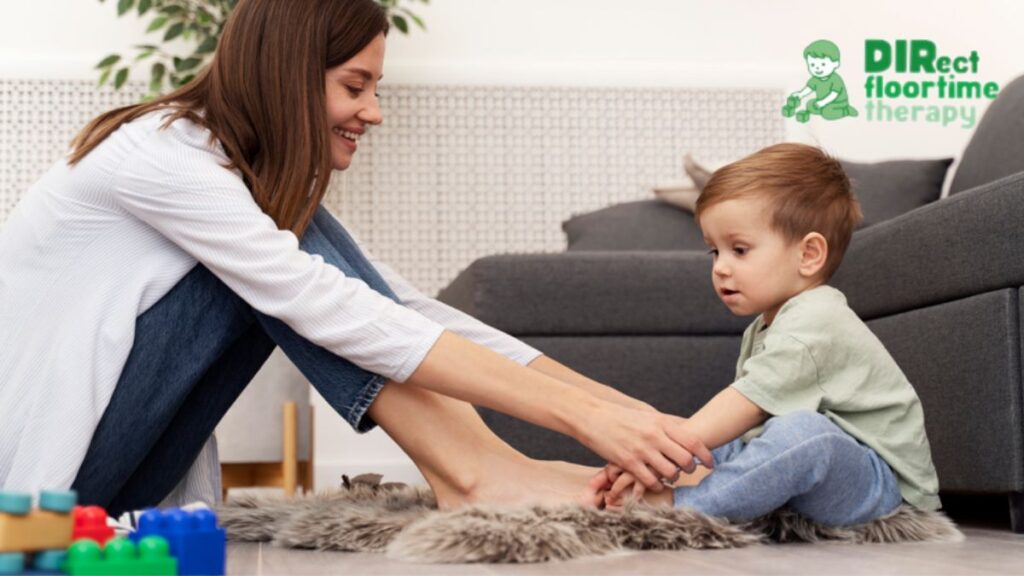
DIRect Floortime Therapy is more than therapy—it’s a relationship-based path toward emotional and behavioral growth. By following a child’s lead, adding gentle challenges, and building circles of communication, it transforms play into lasting progress. From ADHD floor time to DIRect Floortime Therapy in speech and occupational support, the approach touches every part of development. Families in New Jersey and beyond continue to see how this model creates real change in daily life, from school participation to stronger family bonds.
Backed by research and loved by families, floortime therapy proves that joy and growth can go hand in hand. It’s not about fixing children—it’s about helping them connect, express, and thrive one playful interaction at a time. If you’re ready to explore how this approach can benefit your child, reach out to us today and take the first step toward growth through connection.
